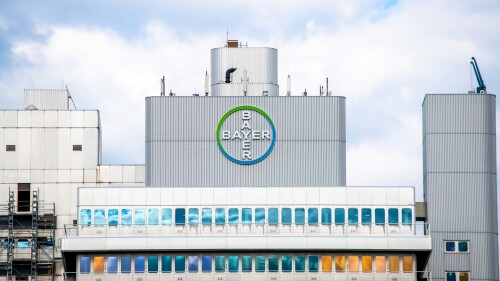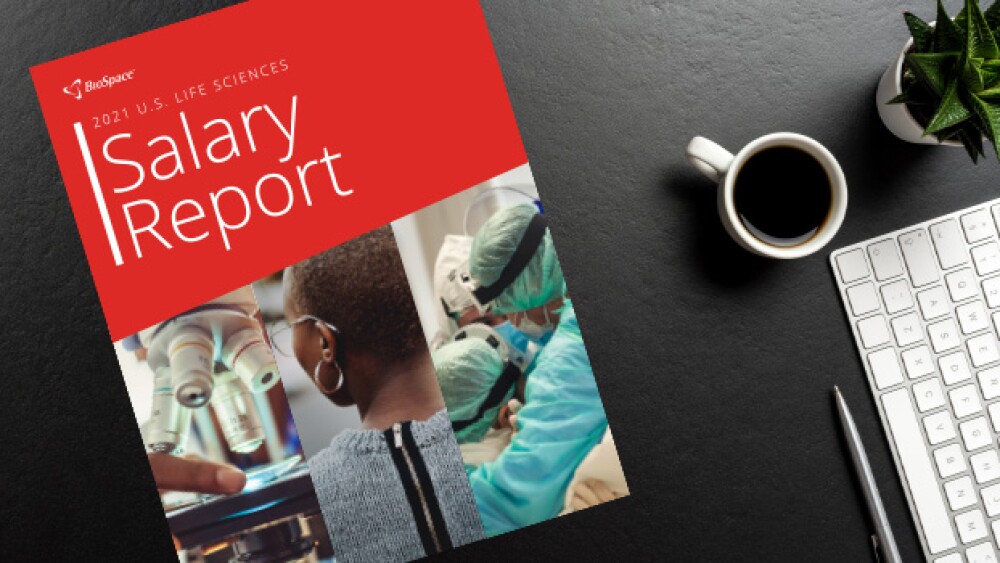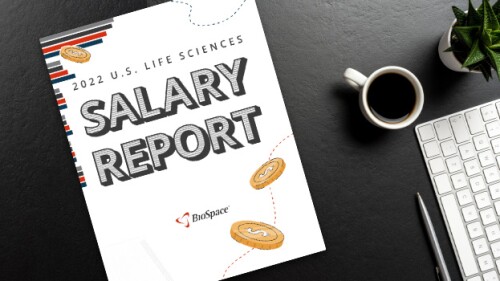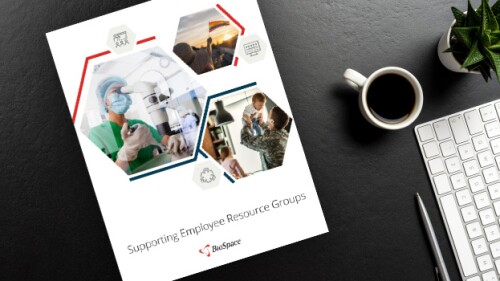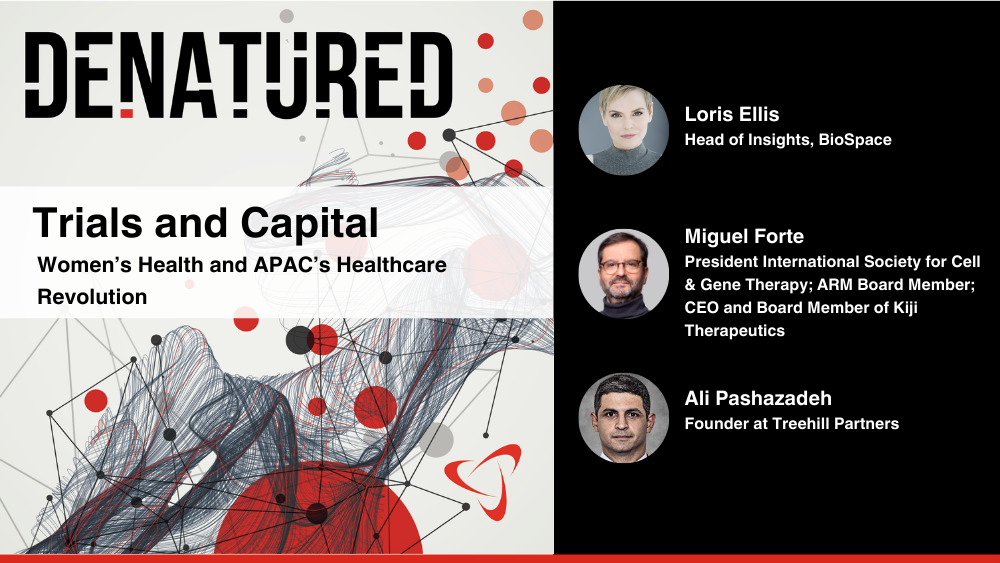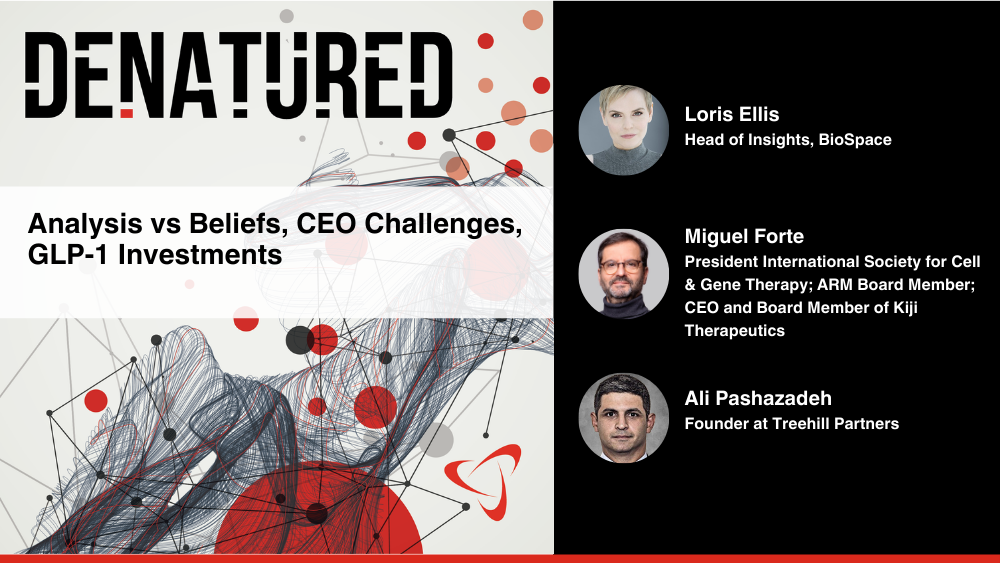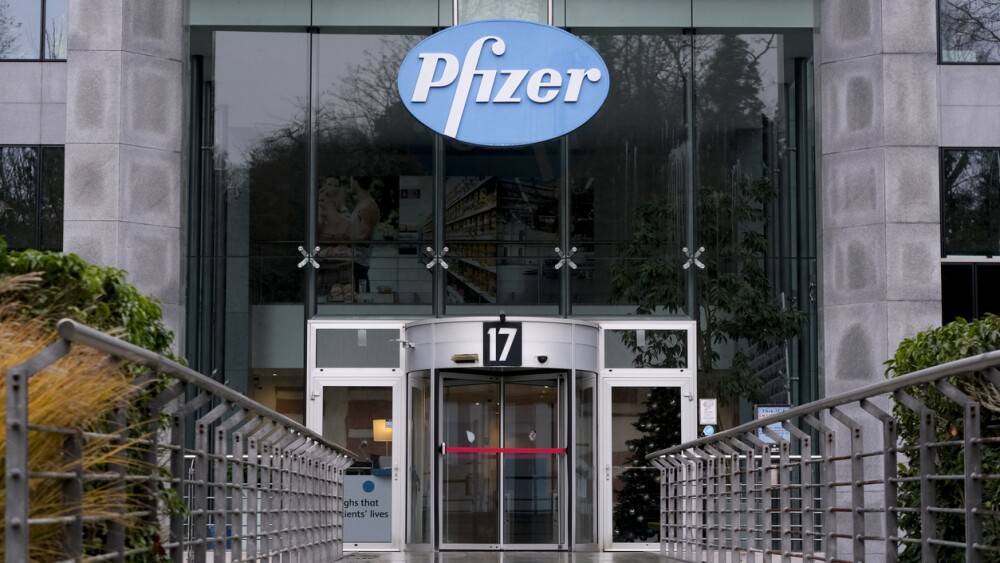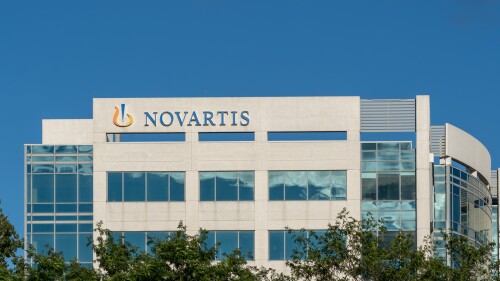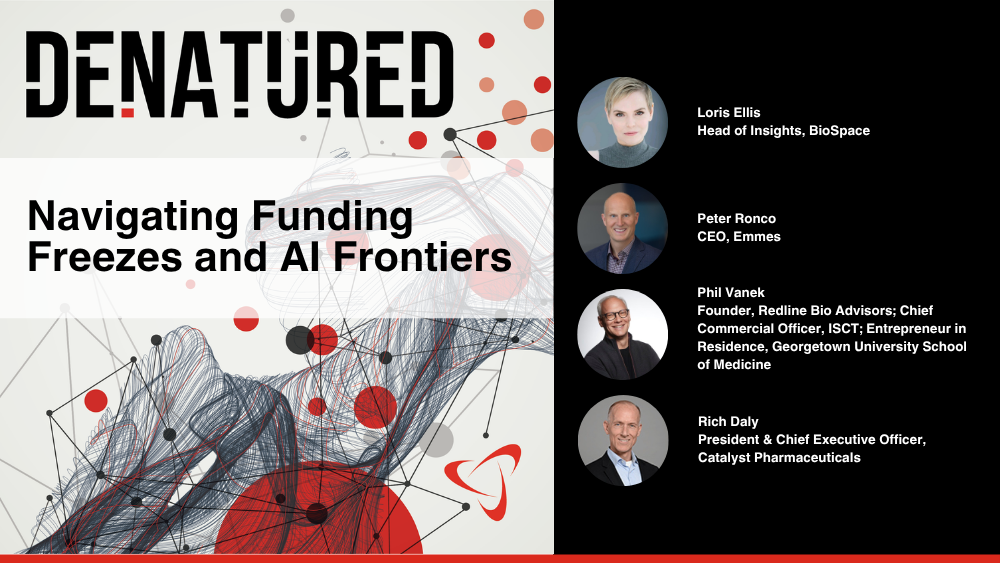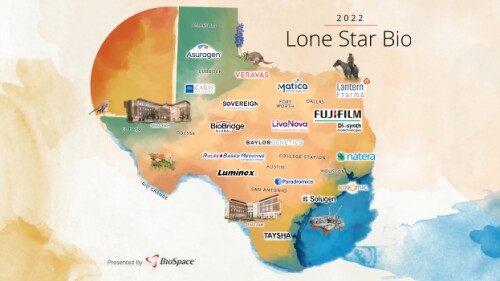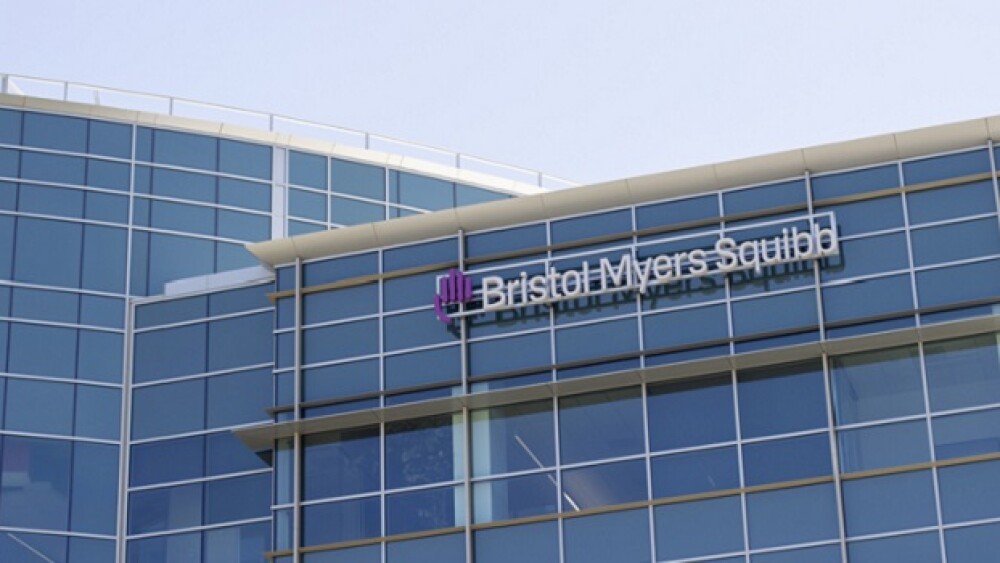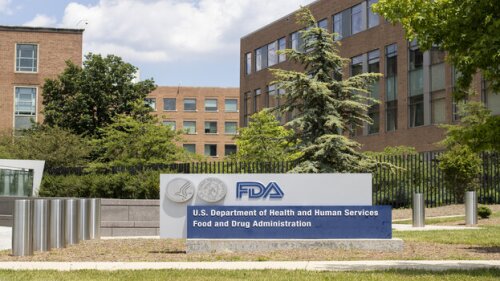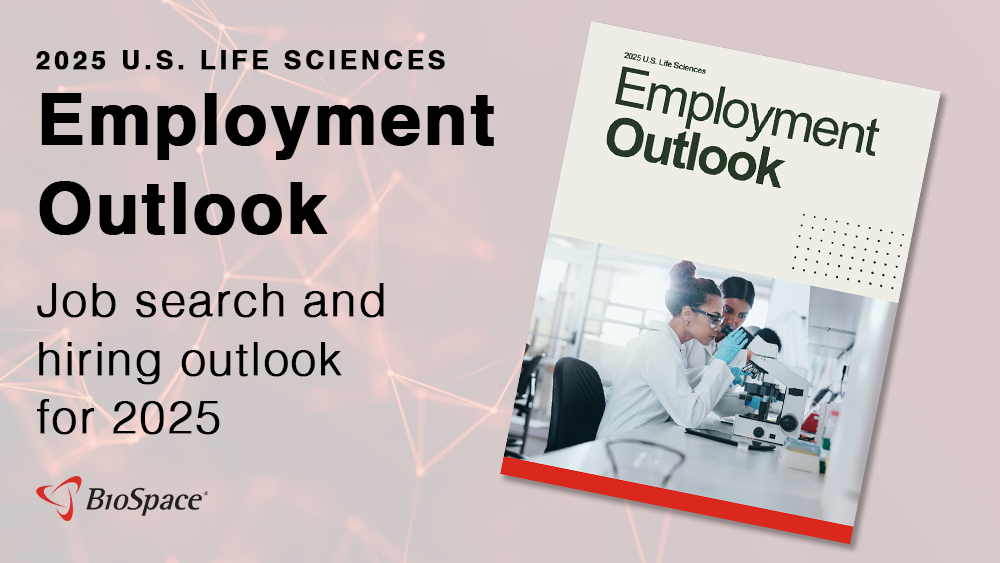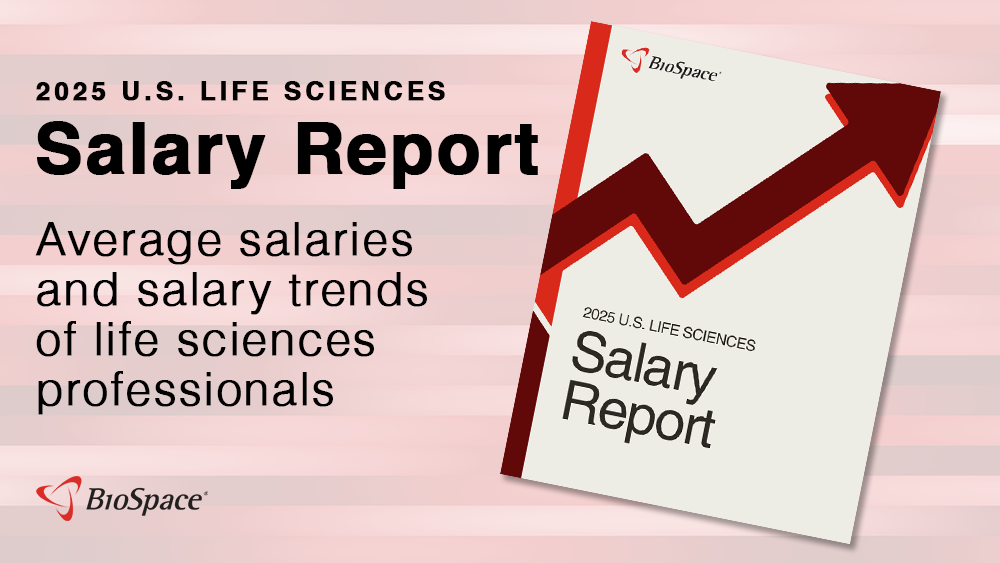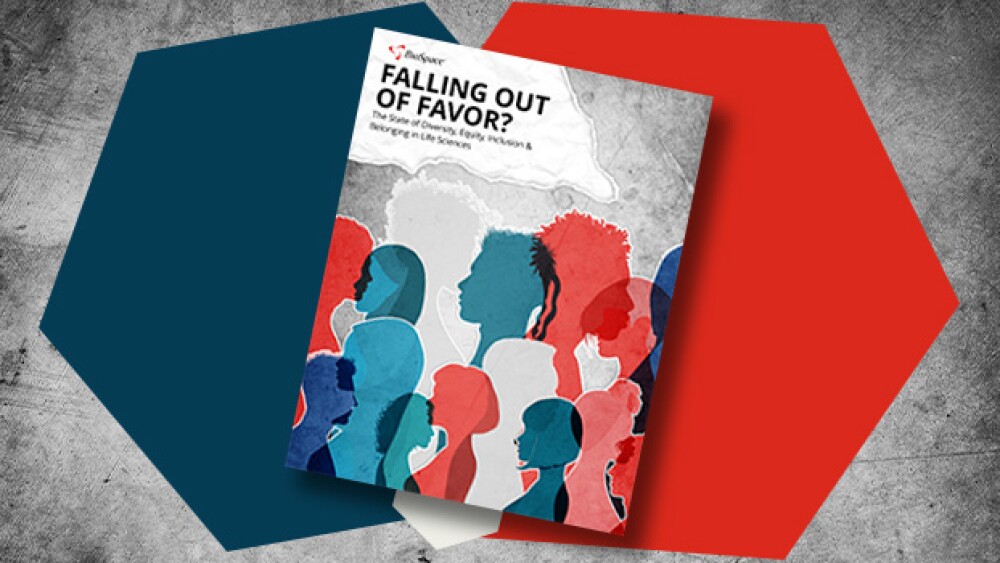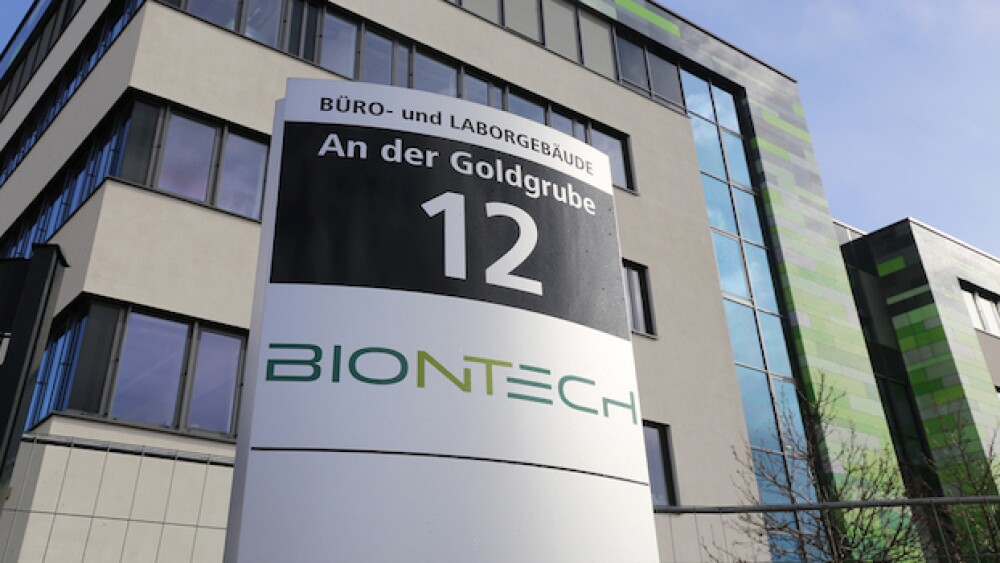The court’s decision allows Metsera to walk away from its previous acquisition agreement with Pfizer in favor of Novo Nordisk’s higher bid.
Pressure from the FTC and Pfizer is building around Novo Nordisk’s bid to snatch obesity biotech Metsera. The antitrust watchdog has spotted issues with the structure of Novo’s bid, while its New York-based rival has put more money on the table.
The Basel area is home to over 800 life sciences companies, including Novartis and Roche, according to nonprofit Basel Area Business & Innovation. The nonprofit’s CEO and a BeOne Medicines executive discuss the location’s evolution, advantages and future.
The FDA is undergoing a major transformation in its drug approval processes, regulatory oversight and transparency initiatives. This webinar explores the implications of these reforms and what they mean for innovation, compliance and strategy in the biopharma industry.
Pfizer and Novo Nordisk seem to want Metsera bad. Analysts are wondering, though: Is the obesity biotech really worth this much effort?
According to reporting from Reuters, reviewers at the agency pointed to an inability to differentiate from placebo to justify rejecting the drug, but an FDA office director approved the drug anyway.
FEATURED STORIES
Armed with the latest biological knowledge and cutting-edge computational techniques—and, of course, investor dollars—these six biotechs are playing in the largely underappreciated longevity space, developing therapies that may improve the quality of aging.
Analysts said the deal with Novo was likely giving Hims “‘credibility’ or increased consumer traffic,” adding that the “litigation risk is back on the table” now that the Danish pharma has stepped away.
The industry sector focused on aging is only about 10 years old, but acting on what scientists already know, a new crop of biotechs, backed by investors, are taking a disease-centric approach to extending the human lifespan.
TIGIT-targeting therapies have largely disappointed in recent months, with failed studies, terminated partnerships and shuttered businesses. Here are five biopharma players staying alive with differentiated candidates against the once promising immuno-oncology target.
Slashing adverse drug reactions through pharmacogenetics and advanced AI could help rehabilitate the pharmaceutical industry’s reputation amid mounting criticism.
Why did two private equity firms with more than $460 billion under management want a little old gene therapy biotech called bluebird bio? We wanted to know.
LATEST PODCASTS
BioSpace presents 25 noteworthy biopharma startups in ’25; analysts forecast stronger M&A as the J.P. Morgan Healthcare Conference kicks off next week; GLP-1s continue to expand their reach as Novo, Lilly fight against compounders; and a look ahead to five key FDA decisions in Q1.
In this episode of Denatured, BioSpace’s Head of Insights Lori Ellis, Miguel Forte and Ali Pashazadeh discuss the industry’s need to catch up with women’s health issues and the innovative lead the APAC region has taken in clinical trials.
In this episode of Denatured, BioSpace’s Head of Insights Lori Ellis, Miguel Forte and Ali Pashazadeh speculate on the impending Trump administration, discuss current challenges faced by CEOs and weigh investment in GLP-1s.
Job Trends
Moderna, Inc. (NASDAQ:MRNA) today announced that the U.S. Food and Drug Administration (FDA) has selected mRNA-3705 for the Support for Clinical Trials Advancing Rare Disease Therapeutics (START) pilot program.
Subscribe to GenePool
Subscribe to BioSpace’s flagship publication including top headlines, special editions and life sciences’ most important breaking news
SPECIAL EDITIONS
In this deep dive, BioSpace investigates China’s rise as a biotech powerhouse.
In this deep dive, BioSpace explores the next big thing in obesity.
BioSpace did a deep dive into biopharma female executives who navigated difficult markets to lead their companies to high-value exits.
DEALS
-
With just one asset in weight loss moving through the clinic, Pfizer targets the space for potential dealmaking, as well as bringing assets over from China.
-
Biogen’s effort to buy Sage against the board’s wishes and a long-time effort by investor Alcorn to scuttle Aurion’s IPO underscore the cutthroat nature of biopharma dealmaking.
-
Novartis was among the most prolific pharma dealmakers in 2024, a trend that it expects to continue with more bolt-on deals this year to set up for sustainable long-term growth.
-
Sanofi’s jump in earnings comes with an increased emphasis on R&D and vaccines, plus an eye cast toward M&A to shore up its pipeline.
-
The J.P. Morgan Healthcare Conference started off with a flurry of deals that reinvigorated excitement across the biopharma industry. Johnson & Johnson moved to acquire Intra-Cellular Therapies for $14.6 billion, breaking a dealmaking barrier that kept Big Pharma’s 2024 biotech buyouts to under $5 billion.
WEIGHT LOSS
-
Stifel analysts were bullish on the data, which showed a 16.5% drop in body-mass index among patients with damage to the hypothalamus taking Rhythm Pharmaceuticals’ Imcivree.
-
Under Friday’s final ruling anti-obesity medications for weight-loss will remain ineligible for Medicare coverage.
-
Eli Lilly says Indianapolis-based Premier Weight Loss is cracking open auto-injector pens containing its blockbuster drug and repackaging them into separate doses.
-
According to BMO Capital Markets, Rybelsus’ outcomes in SOUL were “inconsistent,” failing to significantly lower cardiovascular death and nonfatal stroke.
-
Compounded versions could make up as much as 40% of the semaglutide market, said Novo Nordisk CEO Lars Fruergaard Jorgensen on Thursday, but the company hopes to win patients over.
POLICY
-
In this episode of Denatured, BioSpace’s Head of Insights Lori Ellis discusses key themes from BIO and DIA, including the funding environment, with Rich Daly, CEO of Catalyst Pharmaceuticals, Peter Ronco, CEO of Emmes Corporation, and Phil Vanek, founder of Redline Bio Advisors.
-
Industry watchers responded mostly positively to the commissioner’s new voucher program, but worries remain over staffing cuts at the agency.
-
The new version of the bill will still need to go through the entire House and Senate.
-
Findings that U.S. companies can sue foreign rivals despite limited business operations in the country could dissuade drug developers from targeting the U.S. market, potentially benefiting domestic producers of biosimilars.
-
The program will bring together experts from across the FDA for a team-based review, rather than having an application move across numerous offices within the agency before getting a yay or nay.
To help you in your job search, here are just a few of the remote job options in the life science industry, along with the qualifications and skills necessary to be successful in each role.
When vetting the qualities of potential candidates at a career fair, listen to and take interest in the unique lived experiences of each job seeker you meet, as well as their skills and qualifications.
Job descriptions are the candidate’s first impression of a company. And if that introduction includes exclusionary language, they’re less likely to apply even if they are the perfect fit for the job.
Known as the Lone Star Bio Hotbed, Texas is home to multiple major players in the biopharma and biotech space and is currently a fast-growing hub for the life science industry.
You know it’s important to nail the interview with a potential employer, but it’s what you do after an interview that might really influence your chances of getting the job. Find out how in our guide.
Being laid off from a job is stressful. Fortunately, there are steps you can take to curb some of that stress, relieve financial worries and make finding your next position as smooth a process as possible.
HOTBEDS
REPORTS
In this Employment Outlook report, BioSpace explores current workforce sentiment, job activity trends and the prospective job and hiring outlook for 2025, particularly as it compares to the previous year.
BioSpace’s third report on diversity, equity, inclusion and belonging in life sciences examines dramatic shifts in attitude around diversity initiatives.
CANCER
-
BNT327, a PD-L1/VEGF therapy, is still currently being manufactured in China, but BioNTech is working to establish a diversified supply chain, executives said during the company’s Q1 investor call.
-
On the FDA’s docket this month are two expansion bids, one for GSK’s asthma drug Nucala into COPD and another for Merck’s oral cancer drug for a pair of rare tumors.
-
Jefferies analysts said Moderna’s first quarter was “in line,” with a miss on revenue offset by a beat on earnings per share.
-
The American Association for Cancer Research’s annual conference featured updates from several companies on key candidates and assets, including Merck’s Keytruda and GSK’s Jemperli.
-
The drug, a small molecule protein inhibitor, brought in $132 million in the first quarter, missing consensus estimates by 17%.
NEUROSCIENCE
-
Analysts at BMO Capital Markets said Centessa’s orexin receptor agonist has “best-in-class” potential for narcolepsy, putting the company in a strong position in the $15 billion market.
-
Sangamo, which has been having cash problems, will receive $18 million upfront in licensing fees for its AAV capsid that in preclinical studies has shown the ability to cross the blood-brain barrier.
-
After some high-profile crashes, the one-time biotech darling is inching toward success with its Hunter syndrome treatment, which today began a rolling BLA for accelerated approval.
-
Biopharma leaders react to the forced resignation of CBER Head Peter Marks as RFK Jr.’s promised job cuts begin at the FDA; Novo Nordisk presents mixed results from oral semaglutide in cardiovascular disease; the EU’s Committee for Medicinal Products for Human Use declines to recommend Eli Lilly’s Alzheimer’s drug; and pharma R&D returns grew in 2024.
-
The European Union’s CHMP said that the benefits of the drug, already approved in the U.S., do not outweigh the risk of potentially fatal brain swelling and bleeding.
CELL AND GENE THERAPY
-
Roche acquired Spark Therapeutics in 2019 for $4.8 billion.
-
Abecma made $406 million in 2024, of which BMS paid $43 million to 2seventy bio as part of their profit-sharing agreement.
-
In this deep dive, BioSpace explores the diverse therapeutic modalities now in development, as well as the opportunities and battles for market dominance in this emerging space.
-
On the agenda for the FDA this month are two RNA-based treatments for rare diseases.
-
The search for a partner for zerlasiran is ongoing, according to Silence. In the meantime, the biotech will focus its resources on divesiran, which it is testing for polycythemia vera and other hematologic indications.


